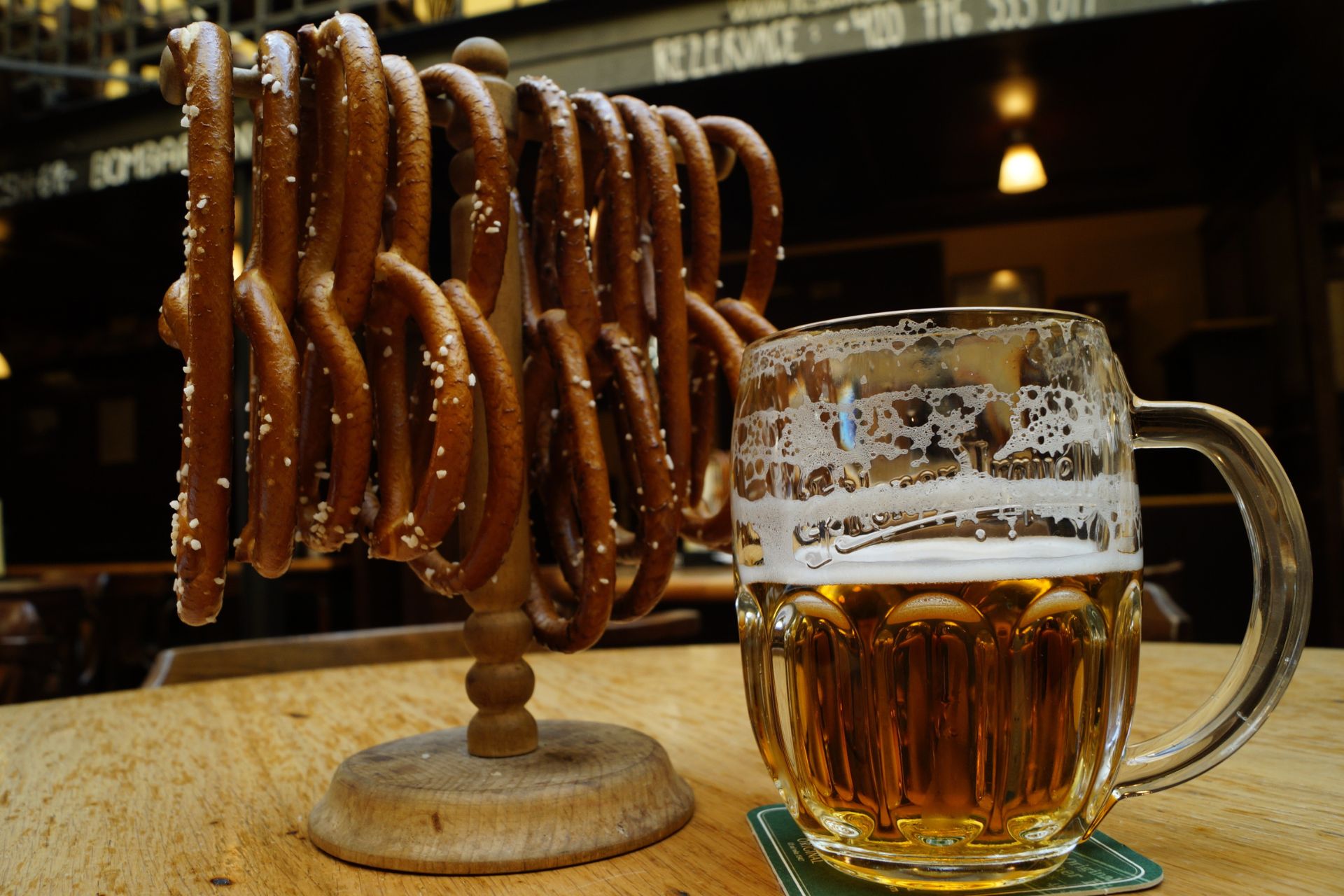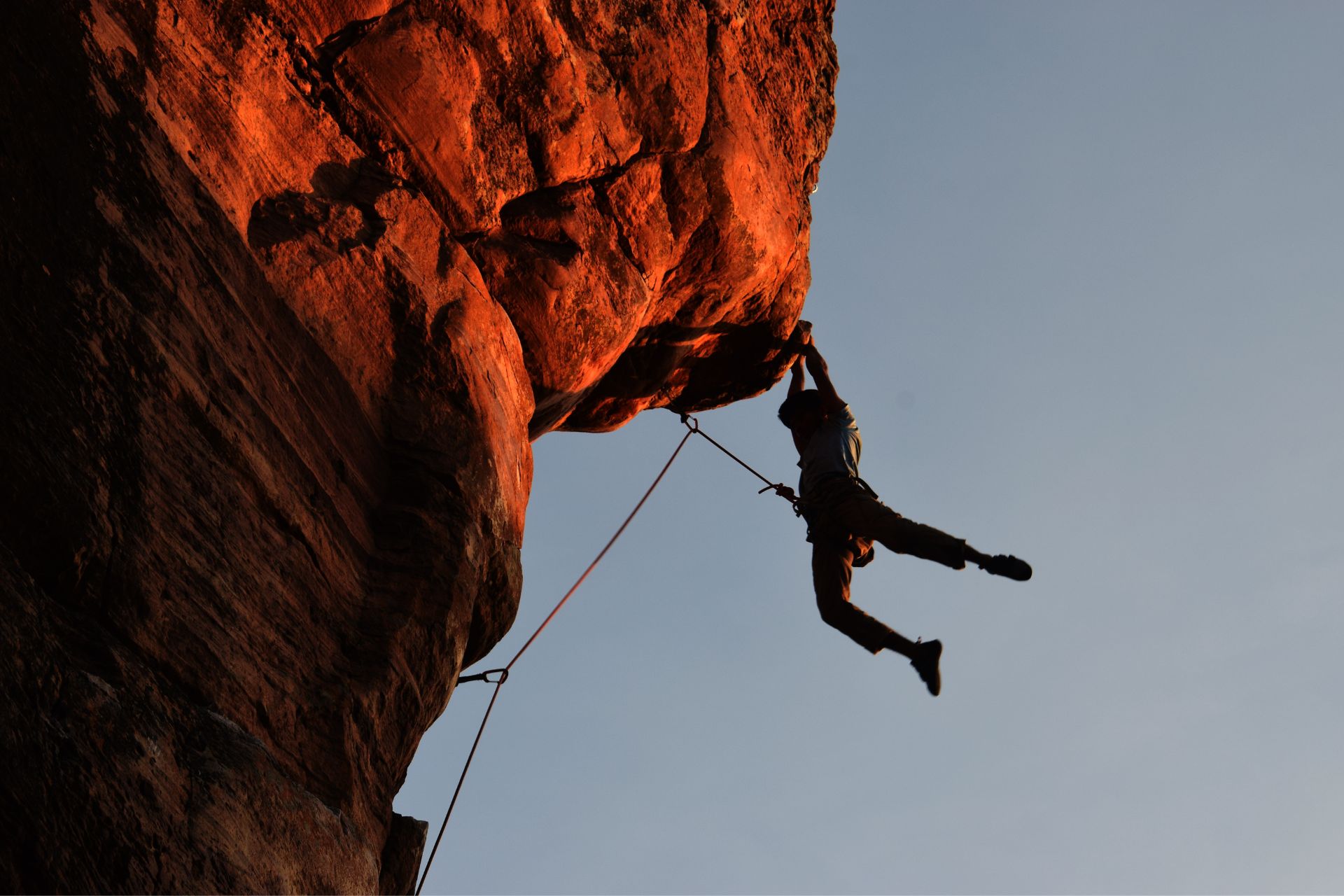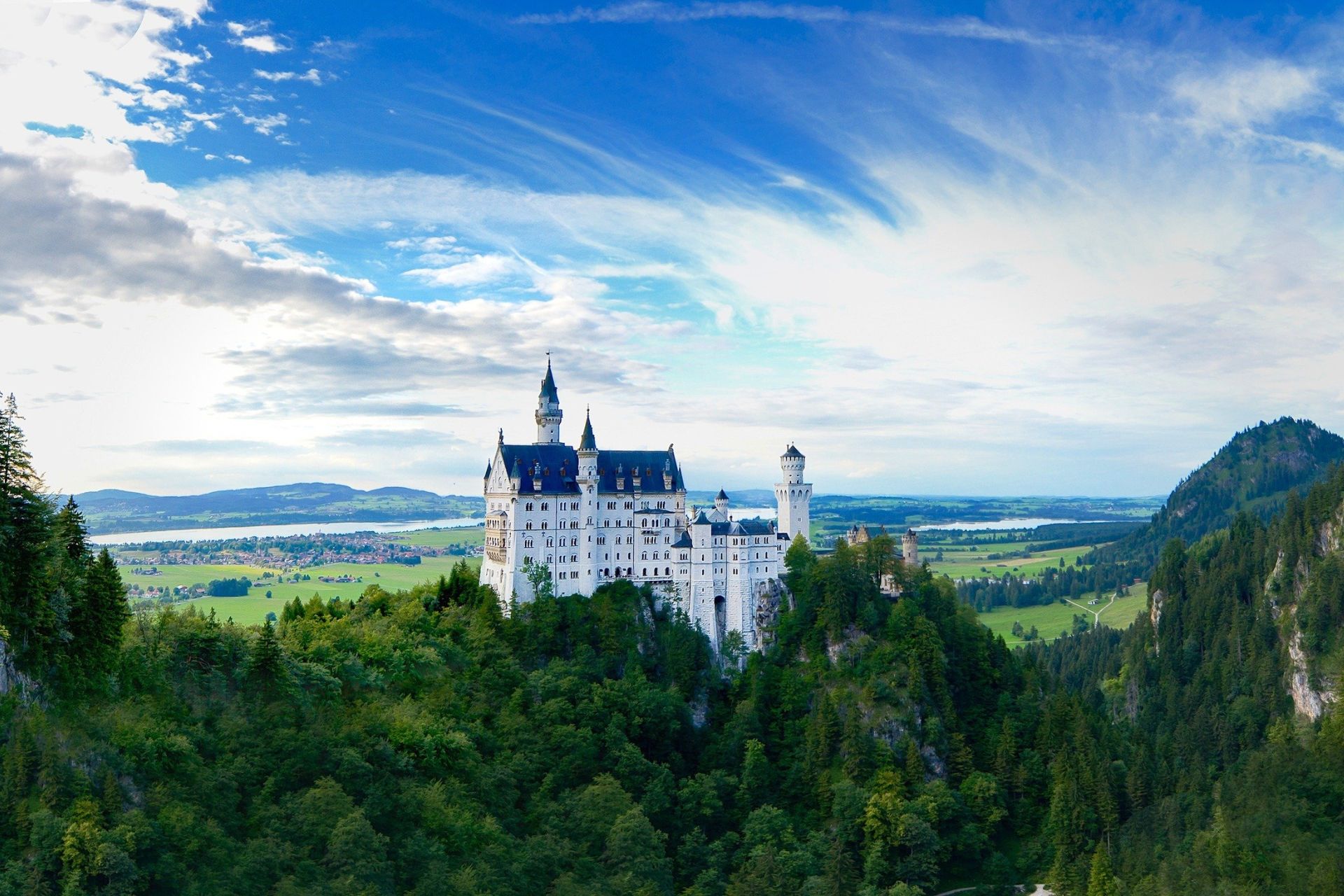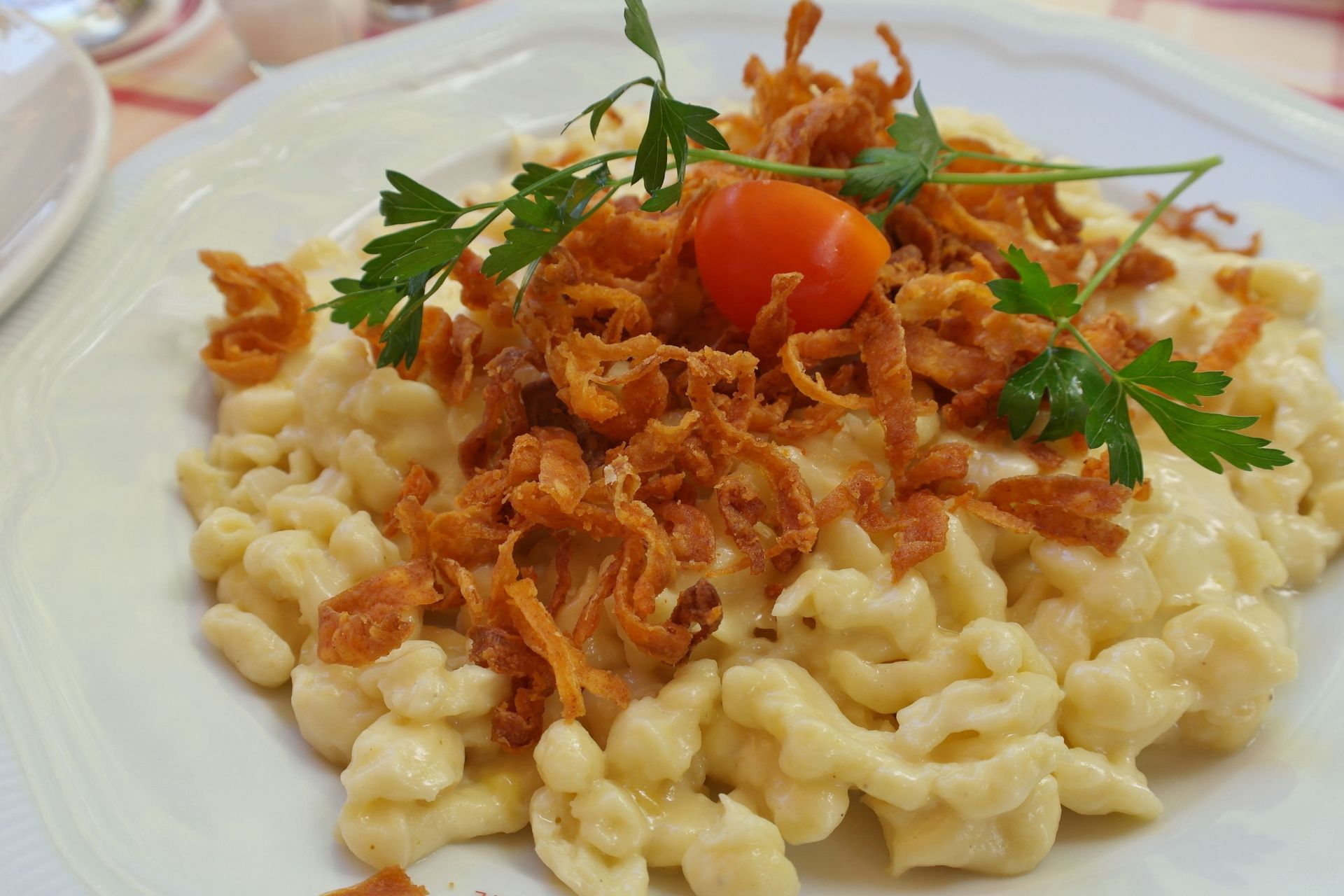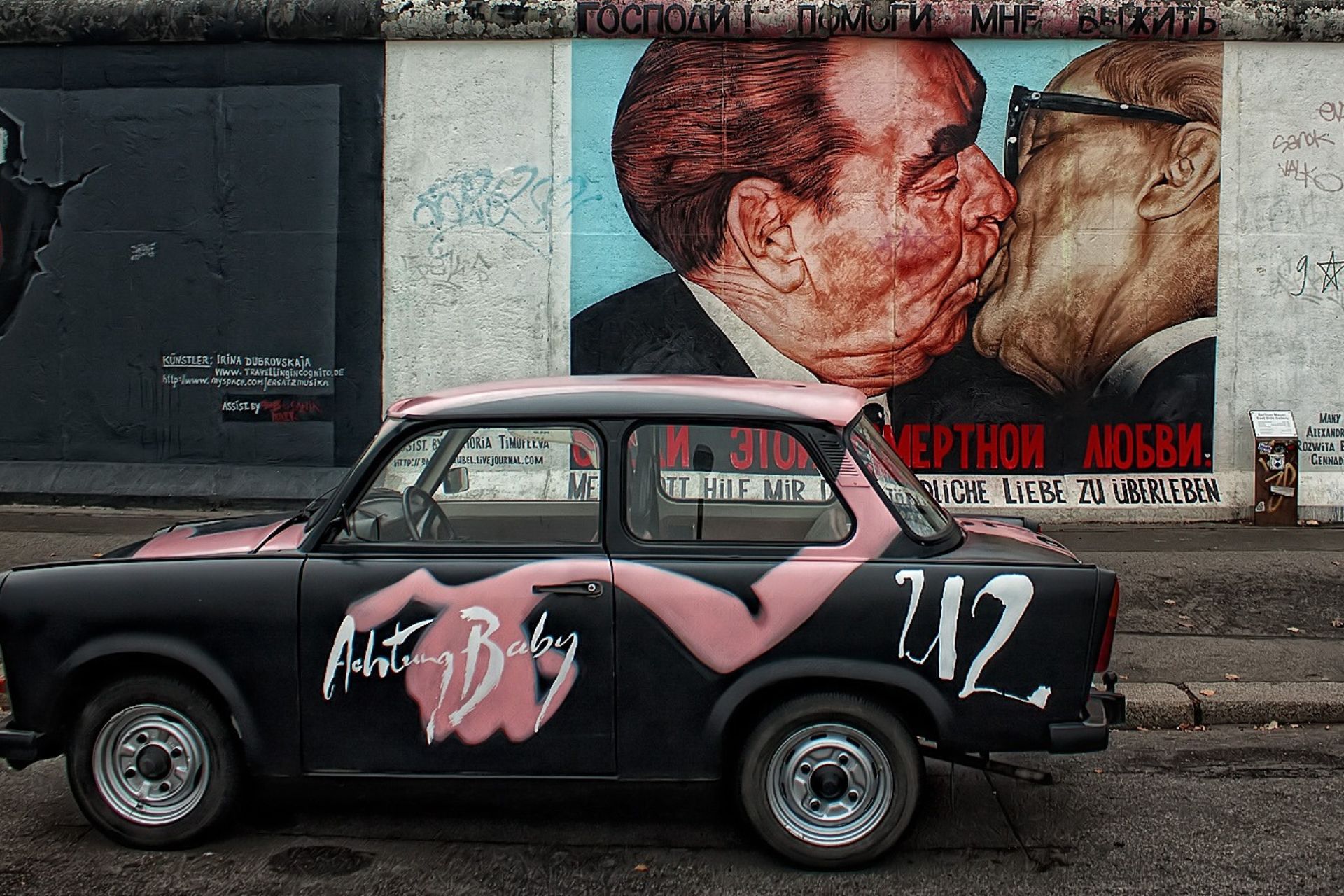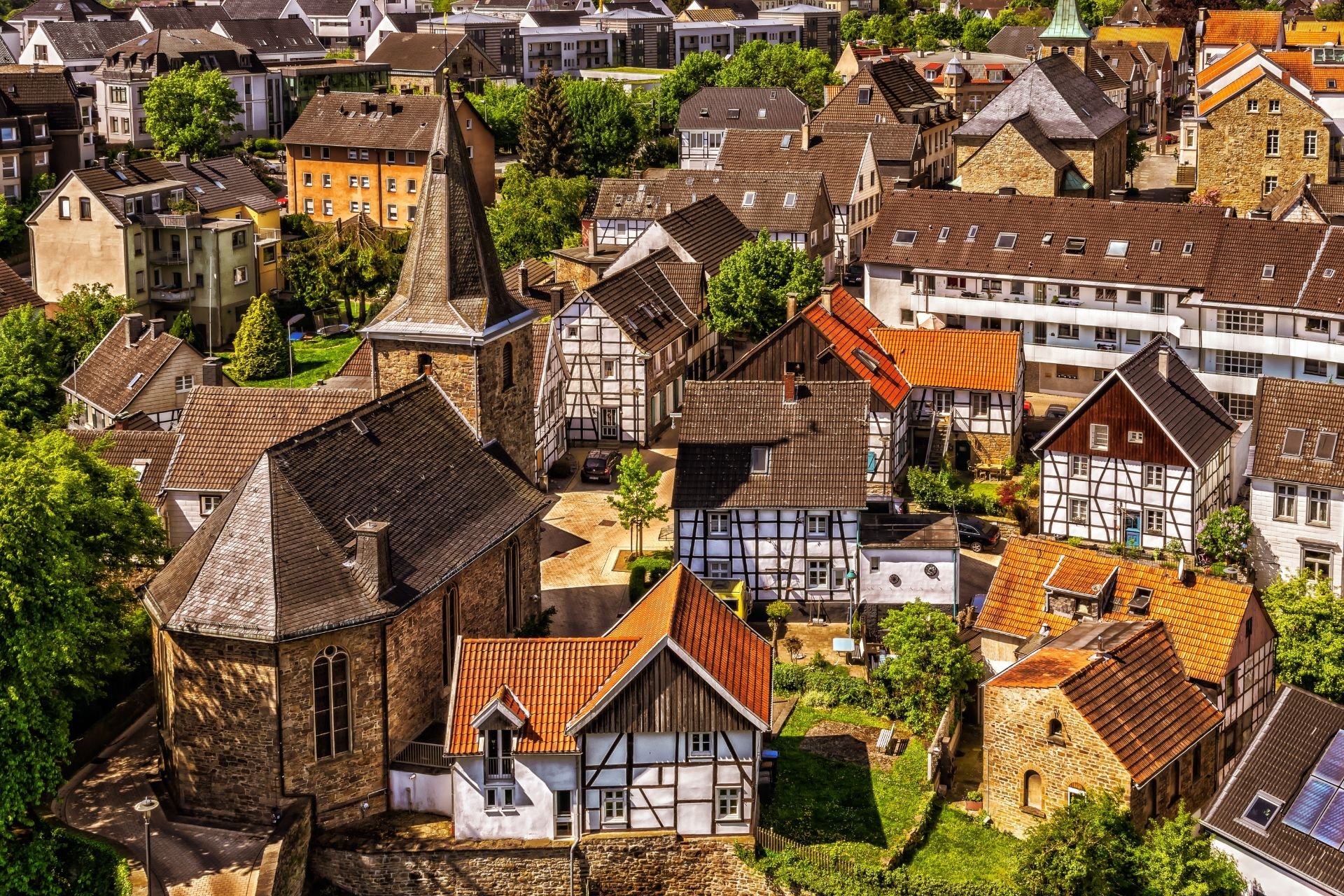Germany
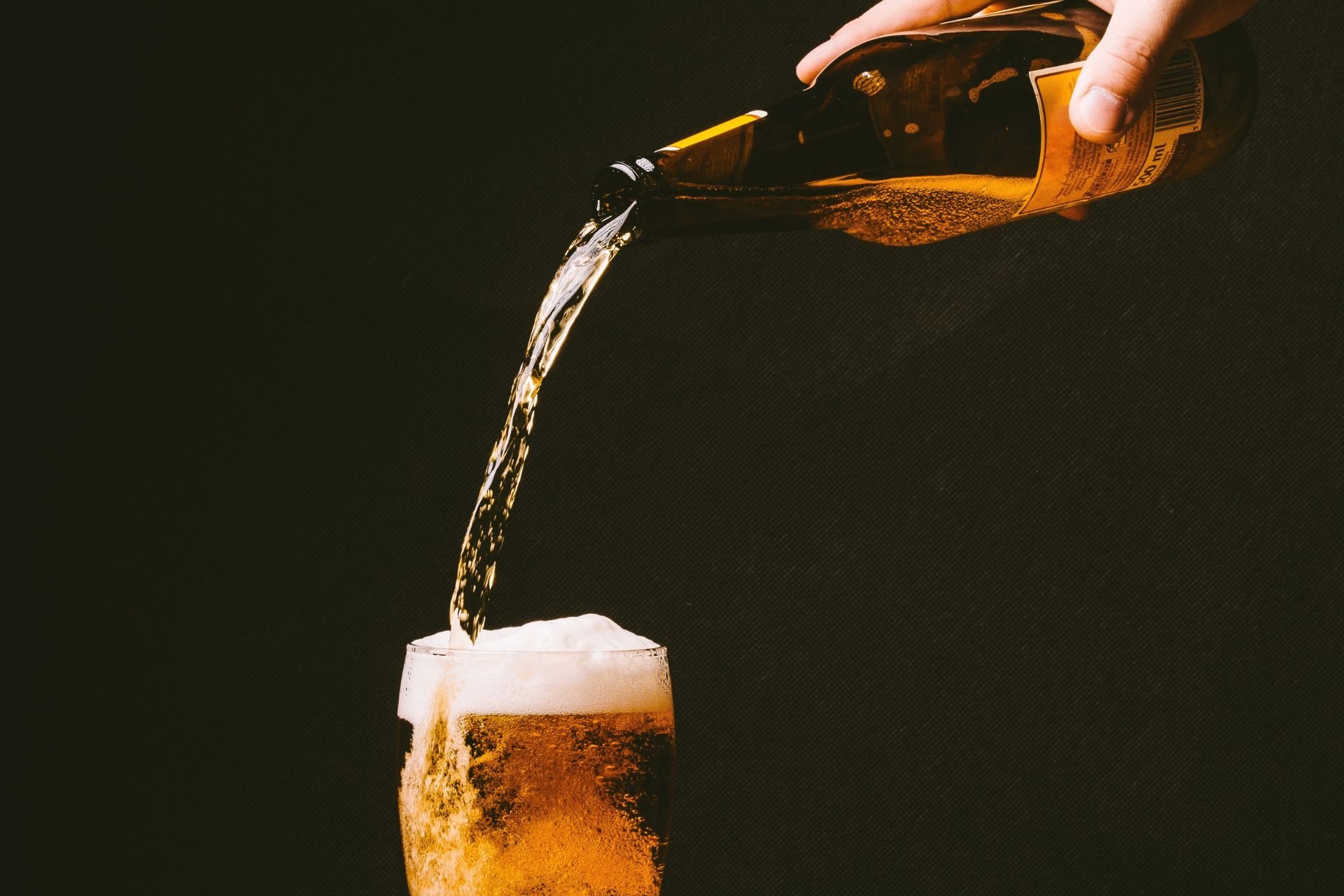
Sports and adventures
Here we present the sports activities that we believe are a must try.
On the Sport page you will find the technical data sheets of the sporting activities.
Get inspired and then contact me to design your custom itinerary. I’ll prepare a travel plan that reflects your wishes and your desire for adventure.
Climbing: in winter you can ice climbing, while in summer you can have fun with a wide choice of walls for all levels.
For classic climbing and bouldering, the rocks in typical reddish gray of the Palatinate offer walls up to 60 meters high. Especially the south of the Palatinate is considered a true climbing paradise.
The Black Forest is characterized by relatively high peaks, especially the Battert, which has always enjoyed great international popularity with its sandstone, granite, gneiss and porphyry rocks, offering a large selection of routes for beginners, advanced and professional climbing.
Mountain Bike: Germany is a perfect destination for mountain biking thanks to a rich variety of bike parks, trail centers and an almost infinite number of routes. Both beginners and professionals are guaranteed fun.
If you want to have fun and at the same time immerse yourself in a spectacular view, the central plateaus are ideal: granite columns and volcanic cones.
Or explore the Palatinate Forest, Germany’s largest contiguous forest area, which also features a popular bike park.
Bavaria has the largest number and some of the most beautiful trails for mountain bikers. From the Allgäu, these become increasingly challenging through the Bavarian Forest and Chiemgau to the Bavarian Alps.
The Black Forest offers a large selection of challenging tours that lead through mountains and valleys.
Canyoning and rafting: these are truly unique experiences, which involve a good level of adrenaline.
In Germany there are several places to have a lot of fun:
Sonthofen im Allgäu: the Allgäu is considered the canyoning hotspot par excellence. Around Sonthofen there are gorges suitable for experienced canyoners.
Lenggries in southern Bavaria is also well known for canyoning. There are several gorges around the Sylvensteinsee which are great for beginners. For the more experienced and for professionals I recommend the Karwendel mountains.
Berchtesgaden is ideal for both canyoning and rafting, with various levels of difficulty.
Another area suitable for rafting is that of the Isar River, in southern Bavaria, and numerous other mountain rivers which, thanks to the slopes and the speed they reach, make the mountainous area very popular for rafting.
Hiking: from easy walks to more intense activities, Germany offers hundreds of routes: along lakes, around cities, on the Baltic coast, in the forest, …
If you grew up with the Brothers Grimm you will love walking in the Black Forest, the mountainous region in southwestern Germany, known for its dense evergreen forests and scattered villages, vineyards, gothic buildings and, of course, breathtaking landscapes.
Kayaking: Germany’s water landscape offers interesting views, starting with the Danube, which can be navigated for 28 kilometers.
For multi-day tours there is the famous “Ten Lakes Circuit” which covers almost 42 kilometers, or the Baltic Sea route which covers 40 kilometers and leads across the open sea.
A little more exciting is the kayak tour on the Lahn, one of the most famous hiking rivers in all of Germany, not so much for the speed of the flow or the rapids as for the dense vegetation on the banks which guarantees exciting obstacle courses 😊
Skiing: the Jenner-Königssee ski area is only one of the five ski areas in the region, and is the largest and most varied.
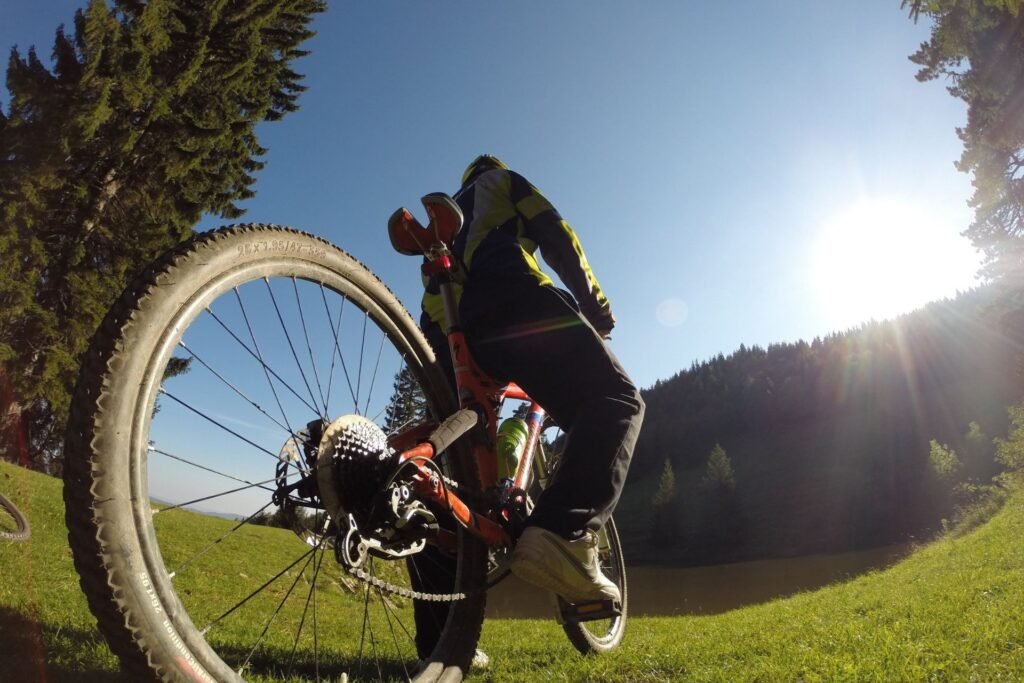
Experiences
Here are some of the unique and exciting experiences you could live in this destination:
Participate in Oktoberfest: it’s the largest beer festival in the world and is held annually in Munich at the end of September. It consists of 16/18 days in which rivers of beer flow and German songs float in the air.
Go to the spa: oriental pools, honey clutches, deep massages and relaxing saunas. Spas are a very serious matter in Germany.
Enter the Black Forest: waterfalls, a 17th century village museum, a castle, a spa town and a crazy landscape.
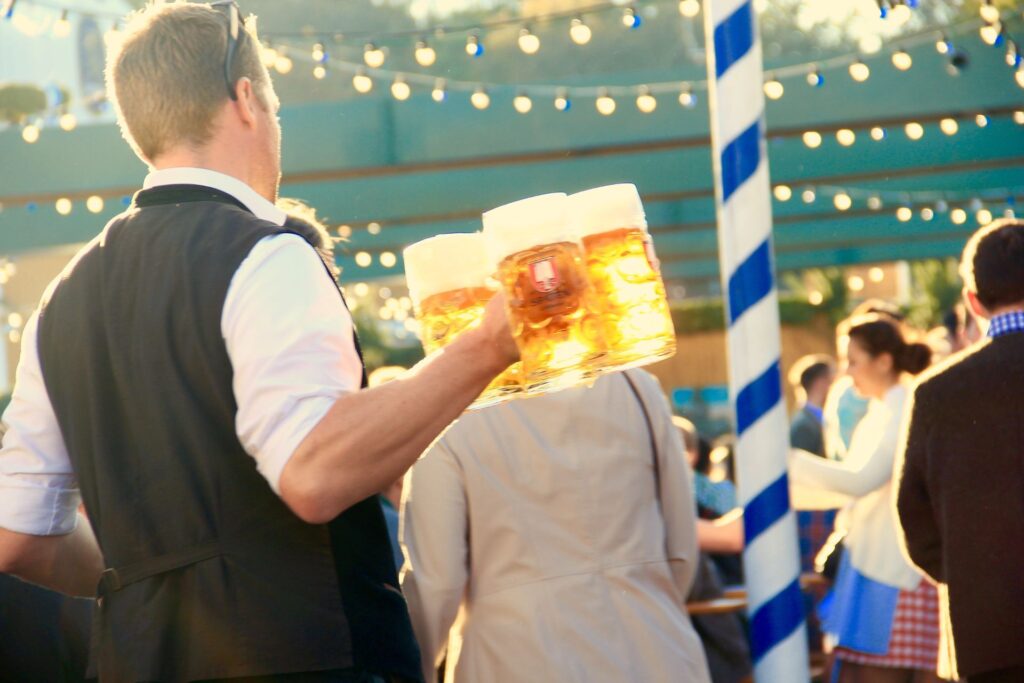
What to see
Germany has a history of architecture, design, history and modernity that is worth delving into. Here are the things not to miss:
The castles: there is that of Cinderella (Moritzburg Castle), that of Snow White (Kriebstein Castle), that of Sleeping Beauty (Hartenfels Castle), … and I could go on for pages and pages. The castles in Germany are just those of fairy tales, so beautiful that they have been a source of inspiration for Disney. Some can be visited, in others you can even sleep. Don’t miss this experience.
Berlin: capital of Germany, it’s the main center of politics and culture. Despite the devastation caused by the Second World War and the division of the city in two, the beauty and modernity of Berlin are testimony to the excellent reconstruction project of the city, capable of enhancing its cultural treasures. Today the city offers a mix of modern and classic architecture.
Bremen: hanseatic city is the beating heart of northwestern Germany and is home to the famous musicians of the city of Bremen. It’s a multi-faceted city where history, tradition, science, nature and culture come together in a union that invariably fascinates.
Cologne: known for its joyful attitude and party spirit. The city is a matter of the heart, an emotion and an absolutely positive state of mind. Underlying this perspective are the Cologne Carnival, Kölsch beer and, of course, the cathedral.
Dresden: the richness and splendor of cultural treasures just a stone’s throw from the Elbe plain are enough to take your breath away.
Hamburg: the gateway to the world, a beautiful maritime hub, the maritime capital of the north – even normally reserved locals find it difficult to hide their pride in their hometown, its environment and its cosmopolitan charm.
Nuremberg: impressive, thrilling, colorful, powerful and tragic, Nuremberg reflects German history since the Middle Ages. Protected by the castle, a new spirit animated the city at a time when few other places could offer such a quality of life. And the same is still true today.
Munich: Munichers always like to show their best side, whether it’s in a beer garden, in one of the exclusive shopping streets, or in the Bayern Munich stadium.
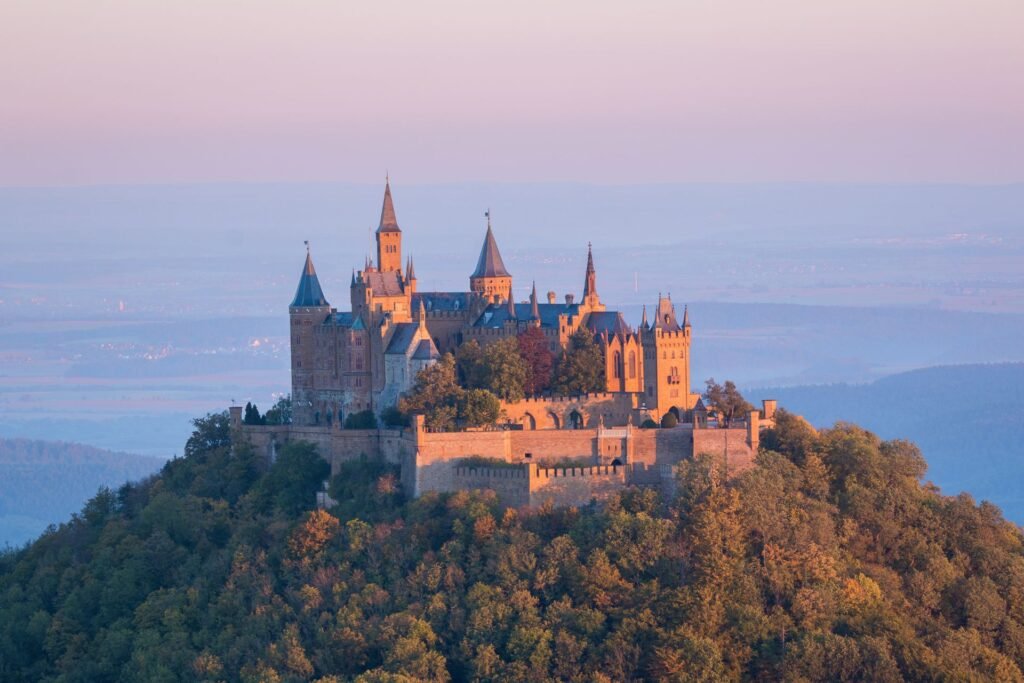
Food and Wine
Germany is certainly not famous for its culinary specialties, but it have its main dishes that are worth tasting, here they are:
Bratwürste: the famous sausage you can find all over Germany. The best one? In Nuremberg.
Spätzle: it’s a vegetarian dish (that’s incredible in Germany!), a type of pasta, consisting of eggs, flour, salt and a splash of sparkling water to whip the dough. It’s used as a side dish or as a dish topped with melted butter and cheese.
Maultaschen: a plate of ravioli, filled with minced meat, sauerkraut, spinach or whatever. They can be boiled or even fried, enjoyed as a side dish or main dish.
Pretzel: it’s a kind of bread, twisted with a crisp and shiny brown crust and a pasty interior, can be found everywhere in Germany ready to be enjoyed on any occasion, even to accompany a fresh beer.
Bread: Germany holds the record for the largest number of types of bread and other baked goods, a category that has been recognized as part of Germany’s intangible cultural heritage since 2014.
From the famous soft pretzels to nutritious wholemeal and rye bread to rusks and rye, Germany has bread for all kind. It’s produced using a wide variety of cereals – first of all wheat, rye and spelled – and methods handed down from generation to generation.
Those who love sweeties could choose between Hamburg’s franzbrötchen pastries, Berlin’s donuts and Dresden’s stollen cake.
And now we come to Germany’s most famous product: beer: there are about 5,000 different types of beer, produced by about 1,300 breweries distributed throughout Germany, more than half of which in the state of Bavaria, in southern Germany.
For more than 500 years, the German purity law has guaranteed regulated ingredients: water, malt, hops, yeast and nothing else.
The “Purity Law” is one of the oldest consumer protection laws in the world, dating back to 1516. Before that, beer served as a substitute for water, which was usually contaminated and beer was “flavored” with questionable ingredients. The “Purity Law” has put an end to this practice.
Even today, German breweries adhere to the Purity Law. It’s for that reason that Germany is recognized all over the world as a quality brand for beer.
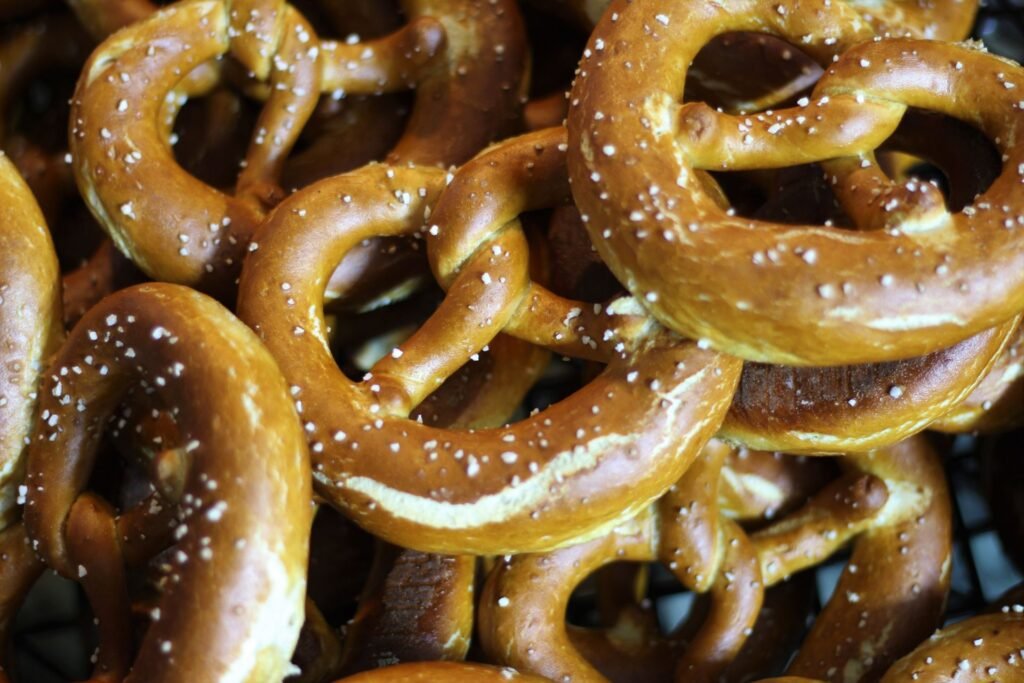
When to go
What is the best time to visit Germany?
Germany can be visited in any season, but the weather changes a lot from season to season.
The climate can be divided into three periods:
- Low season (November-March): cold and wet weather with snow in many areas.
- Mid season (April-June, September-October): Sunny weather, so this is the perfect season to travel. It’s also the quietest with the lowest prices (except on holidays).
- High season (July and August): good weather brings higher prices, crowds and busy streets. However, this season is full of great music, food, wine festivals.
What to pack
Of course, what to pack for a trip depends on what activities you will do and, above all, on the period when you go there.
Below we give you just a few indications on what absolutely must not be missing.
I generally recommend practical, sporty and informal clothing.
In this country you will need a variety of clothing to adapt to all weather conditions, the classic layered clothing.
In the mountains, don’t forget heavy sweaters.
Always bring a rain jacket!
Information
Continent: Europe
Capital: Berlin
Language:German. Many Germans speak some English, especially in large cities and tourist areas, but this cannot be relied upon for communication.
Currency: Euro – EUR – €
Power sockets and voltage: 230V/50 Hz. Type F (Schuko) and type L plug
For up-to-date and detailed information visit www.viaggiaresicuri.it
Some tips
It’s easy to get carried away by the taste of the fantastic German beer. Drink responsibly.
